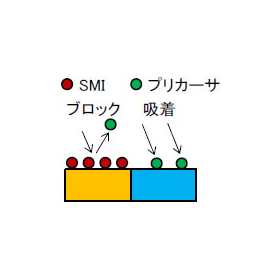[Analysis Case] Comparison of Redox Resistance of LIB Electrolyte Components through Quantum Chemical Calculations
You can predict the degradability of solvents and additives in the electrolyte solution, as well as the decomposition products.
In high-power lithium-ion batteries (LIBs), it is important to design the system to suppress the decomposition of the electrolyte during the charge and discharge processes. By adding components with low redox stability, it is possible to inhibit the decomposition of the main solvent during these processes and to form a high-quality SEI (Solid Electrolyte Interphase). By evaluating the redox stability of the electrolyte components through simulations, we can obtain indicators of the susceptibility of each component to decomposition during charge and discharge cycles, which can lead to the design of SEI components and characteristics. Measurement methods: Computational science, AI, data analysis Product field: Secondary batteries Analysis purpose: Evaluation of chemical bonding states and others For more details, please download the materials or contact us.
basic information
For more details, please download the materials or contact us.
Price range
Delivery Time
Applications/Examples of results
Analysis of secondary batteries.
catalog(1)
Download All CatalogsRecommended products
Distributors
MST is a foundation that provides contract analysis services. We possess various analytical instruments such as TEM, SIMS, and XRD to meet your analysis needs. Our knowledgeable sales representatives will propose appropriate analysis plans. We are also available for consultations at your company, of course. We have obtained ISO 9001 and ISO 27001 certifications. Please feel free to consult us for product development, identifying causes of defects, and patent investigations! MST will guide you to solutions for your "troubles"!





















































